Municipality Railing Requirements
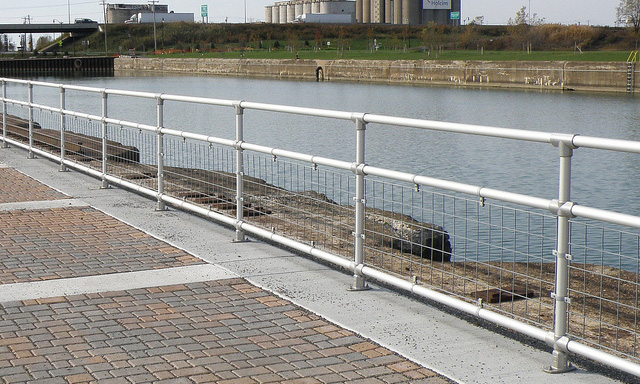
I’m going to start this off like a college commencement speech.
*Clears throat* Websters Dictionary defines a municipality as a primarily urban political unit having corporate status and usually power of self-government.
Now that we all have a clear understanding of what a municipality is, let’s begin.
Municipalities derive their regulations from federal and state laws. However, municipalities have the power to self-govern, so do they have different laws and regulations when it comes to railing requirements? And if they do, what are they?
An important thing to note here is that any municipality that has changed their code from the state level, has made it stricter. It’s illegal to make regulations more lenient. So, while there may be changes from the state level to the municipality, it will never be more relaxed than the state’s code.
In this article, we’ll delve more into this and answer more questions. We’ll discuss where municipalities get their regulations from, what those regulations are, and different railing solutions you can install in your municipality.
Municipal Government Requirements
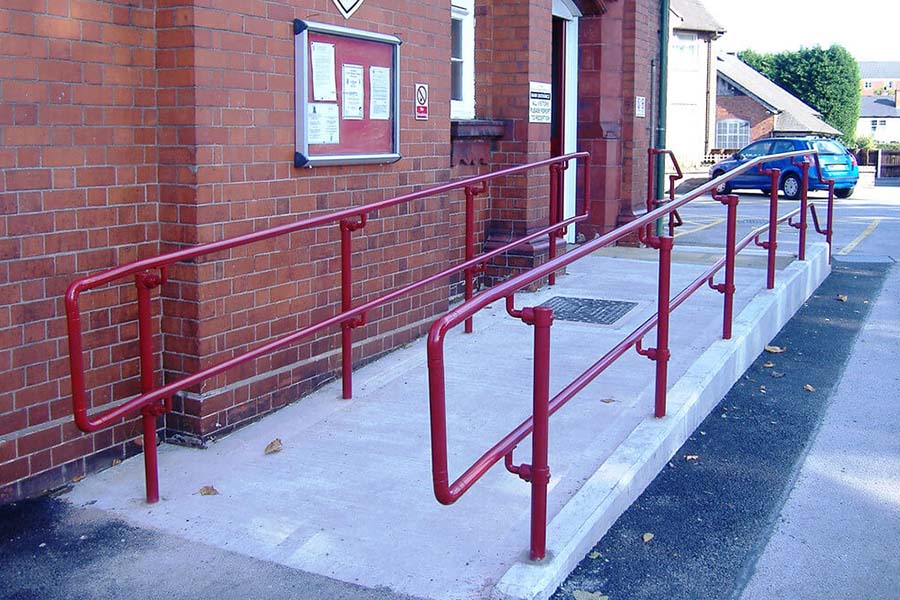
So, I provided the dictionary definition of a municipality, but let’s delve a little deeper into what a municipality is.
To put it into the simplest of terms, a municipal government is defined as cities, towns, boroughs, villages, and townships. There are 19,429 municipalities in the U.S. currently. Odds are, you’re in a municipality right now. Unless you’re completely off the grid in which case, how are you reading this?
As mentioned, municipalities have the power to self-govern. They make their own laws and regulations which adds another layer from state and federal laws. But I promise it’s not as complicated as it may seem.
In a lot of cases, municipalities do a little copy and paste from state or federal regulations for their railing code. The three main codes that municipalities will derive their code from are the Americans with Disabilities Act (ADA), International Building Code (IBC), and International Residential Code (IRC).
The ADA applies to any business open to the public. The ADA is a set of regulations that are designed so that those with disabilities have equal access to businesses. Pertaining mainly to wheelchair ramps, stairs, and other railings throughout a business.
The IBC and IRC deal with more residential code requirements. This applies to front entrances, porches/decks, and any stairs throughout a home.
All three of them will update their codes every few years, and this is when different municipalities will also update their regulations.
This is when you’ll start to see some differences. Municipalities will adopt their states requirements but just like state to state, municipalities will have some differences. This is because different municipalities have different temperatures, weather patterns, and ground conditions.
Let’s look at Colorado for an example. In the western part of the state near the mountains, you are going to have much colder winters and cooler summers as compared to the eastern part of the state. Therefore, in Aspen, CO right in the mountains, you’ll have some differences in code as compared to Burlington, CO on the eastern plains.
Municipality Railing Requirements
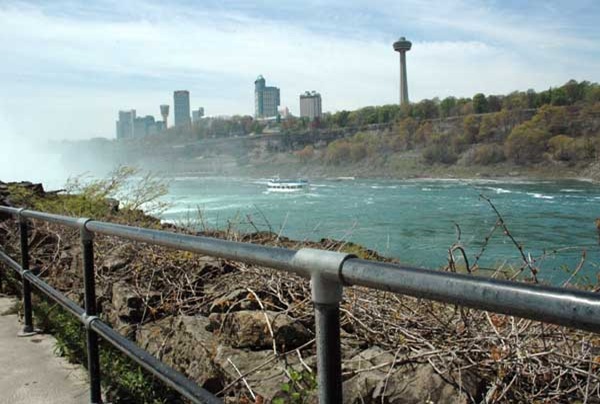
I’ll begin here by saying that these railing requirements will pertain to MOST but not ALL municipalities. As these codes are taken from the ADA, IBC, and IRC where most municipalities get their code from.
Throughout this section we’ll go over railing requirements as they pertain to both businesses, homes, and wheelchair ramps.
Business Railing Requirements

Business railing code within municipalities adopt ADA regulations. These codes could vary depending on your municipality. So, it’s important that you check your local code to ensure your railings meet the necessary standards.
- Handrails must be between 34 and 38 inches above the walking surface.
- They must be continuous and smooth.
- They must have at least a 1 ½ inch gap from any adjacent surface.
- Handrails at the top of stairs need to level out and continue for an additional 12 inches.
- Handrails at the bottom need to continue for the length of the depth of a stair tread.
- All handrails need to end in a wall, landing surface, guard, or continue to an adjacent handrail.
Residential Handrail Requirements
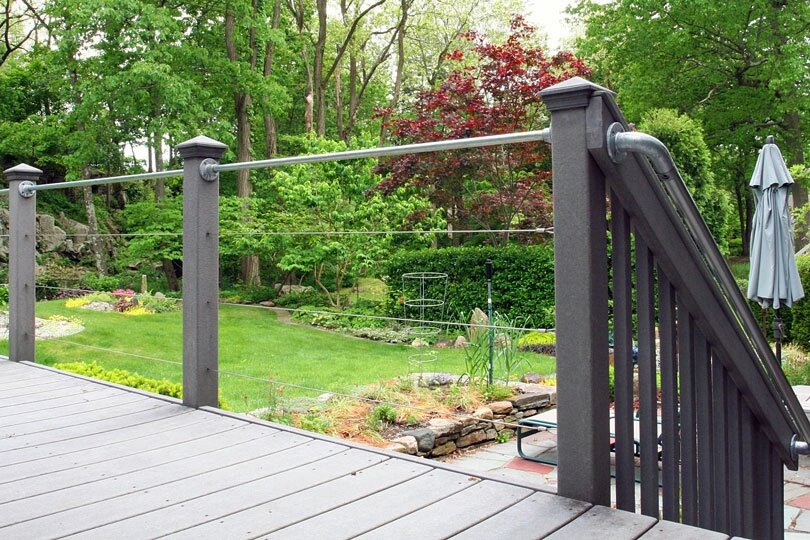
You’ll find a lot of similarities to business railing dimension requirements within residential code (both IBC and IRC). But here are a few key situations to make note of for when you need railing in your home.
- If your porch or deck is higher than 30” above grade, you must have a handrail.
- A handrail is required on at least one side of your stairs when there are 4 or more steps.
Wheelchair Ramp Railing for Municipalities
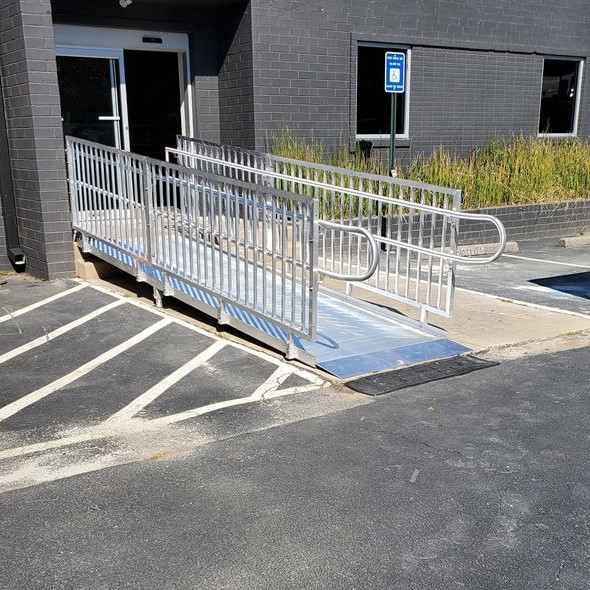
Wheelchair ramps are an integral part of being a business owner. They provide safe and easy access to buildings for those with disabilities. Within municipalities, wheelchair ramp requirements follow ADA guidelines. But as we’ve said before, check with your local municipal code to ensure your wheelchair ramp and railing are up to code.
Here are a few general requirements for wheelchair ramp railing:
- If the rise is above 6 inches, then your ramp needs handrails.
- Handrails must be between 34 and 38 inches above the walking surface.
- Ramp surfaces need 36 inches of width between railings.
- Handrails need to extend 12 inches beyond the top and bottom of the ramp.
- A barrier or curb needs to be built so a 4-inch sphere can’t pass through the bottom of the handrail.
Our Municipality Railing Solutions
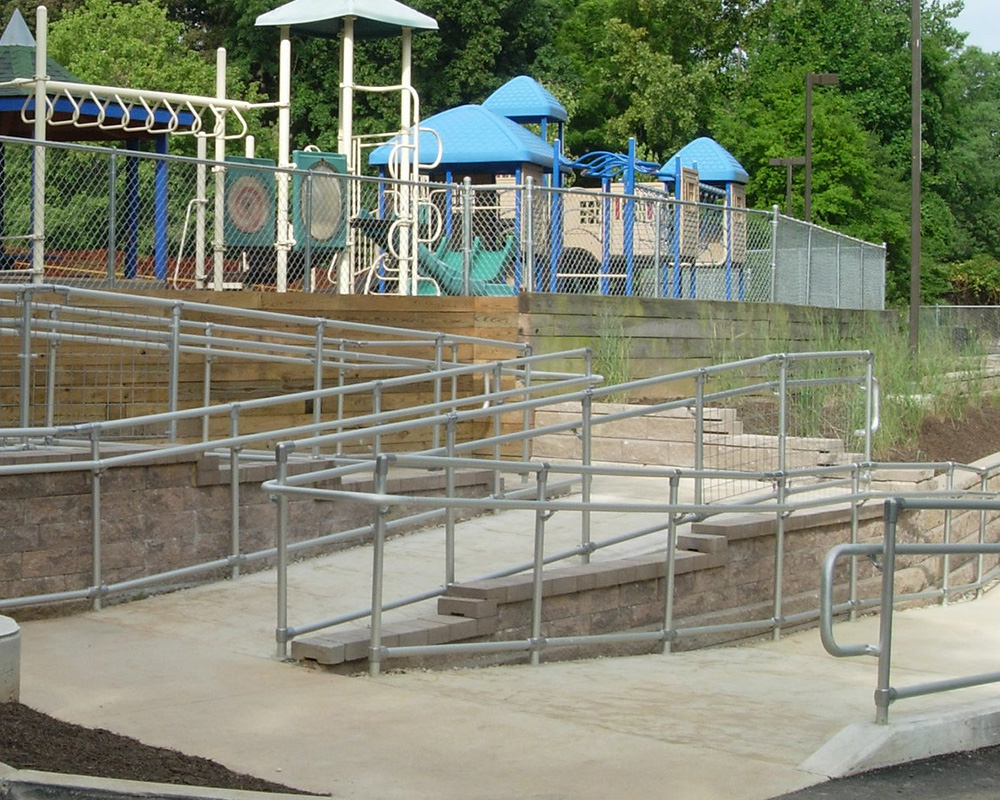
Now having gone through the code requirements for municipality railing for businesses, homes, and wheelchair ramps, let me showcase some of our railing options that you can install in your municipality.
To start off, every picture you’ve seen throughout this article are railings we’ve supplied for different homes and businesses across the country.
Our pipe and fitting handrails provide the best form of customization and durability. Kee Klamp fittings are made from a galvanized steel which is corrosion resistant and is engineered to hold its strength for years to come.

Our railings also use a set screw system that does not require any welding and can be assembled by anyone with a drill and a hex key. This allows our handrails to be completely customizable for your home or business.
Whether it’s stairs, decks, balconies, or wheelchair ramps. Our handrail systems can be designed to meet your needs. Along with ensuring that you and your people are safe while using them.
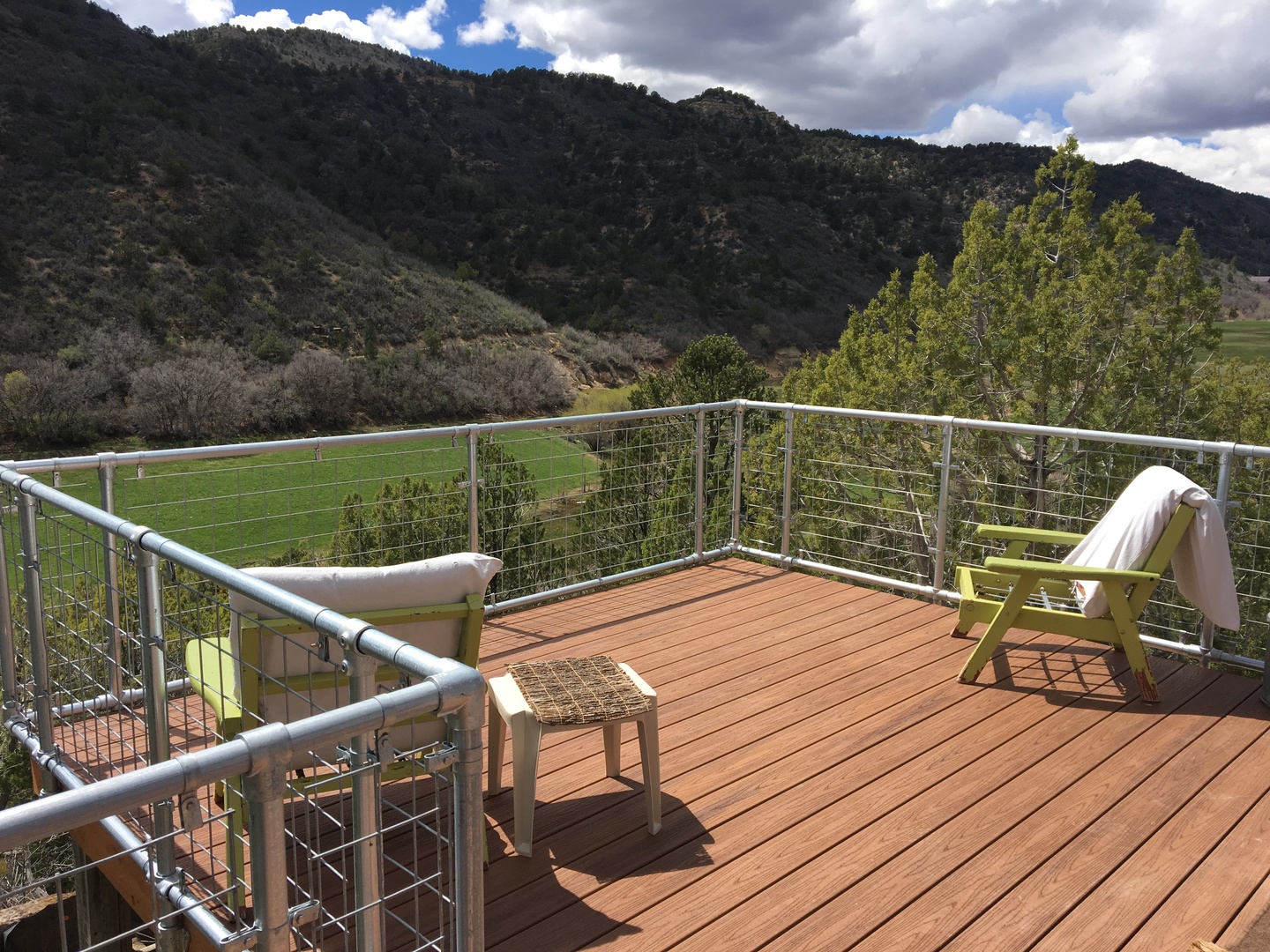
In Review
Railing requirements from municipality to municipality aren’t going to vary much. It is important that you consult your local building code to ensure your railing is up to standard.
If you are looking to install a new railing or need help understanding ADA or IBC railing code. Contact our team of experts who can assist you with your plans and help you get your new railing ordered today!
